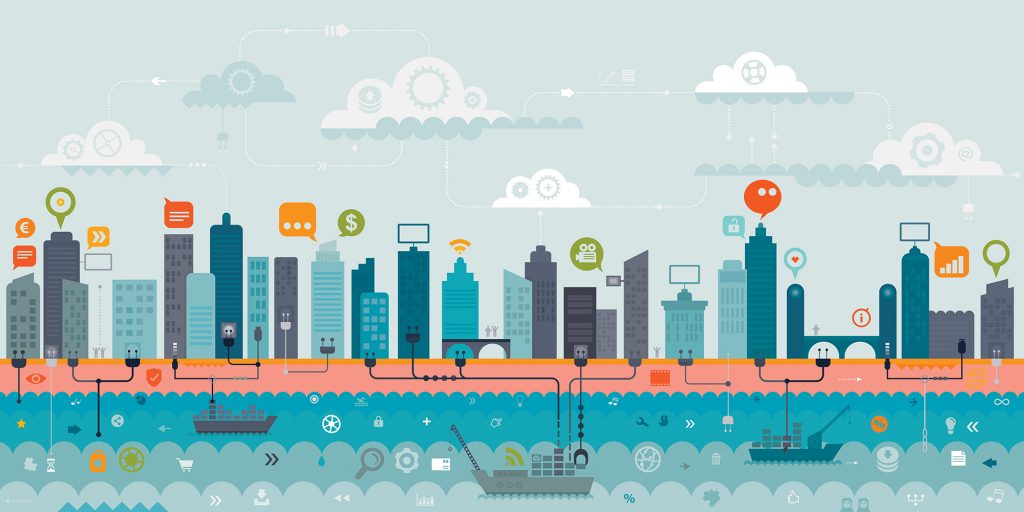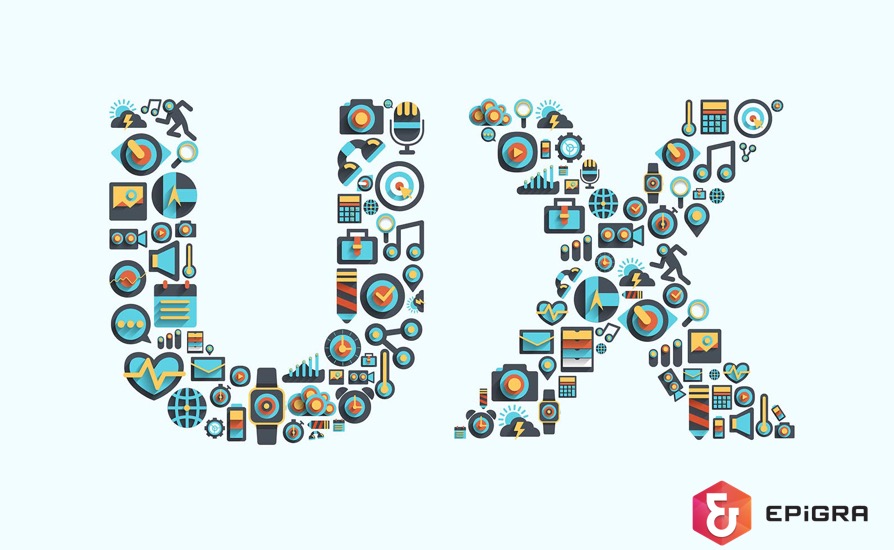
Table of Contents
Share
Imagine this:
Your refrigerator notices that you're out of cheese, calculates your average consumption, places an order at the grocery store on your behalf, and informs you via email or message.
When you wake up and turn off the alarm, your favorite radio channel turns on, and the water for your tea or coffee starts heating up.
Your plants send you reminders of when you last watered them and notify you if their environment is suitable or not.
Sounds like a scene from a movie, doesn't it?
With the Internet of Things (IoT), all of this is now possible.
The Internet of Things refers to virtually every object being able to communicate with other objects via the internet. Although many people still consider IoT quite futuristic, it has already entered our lives and continues to grow on a global scale.
Smart homes, smart watches, and smart fitness equipment are among the things that have entered and been embraced in our daily lives. However, IoT is not just about personal life; it also closely concerns companies. It enables companies to collect and analyze information in areas such as production facilities and transportation vehicles through sensors. These analyses help in reducing resource costs, developing business opportunities, and increasing efficiency in advertising and marketing.
According to a report prepared by Business Insider, there were 10 billion devices connected to the internet in 2015, and this number is expected to reach 50 billion by 2020, which is seven times the current world population. The same report suggests that the ratio of interconnected devices per person in the world, which was 0.08 in 2003, is expected to rise to 6.48 by 2020. It is thought that in 2020, the data traffic generated by 20 typical household devices will be more than the entire internet traffic in 2008, indicating how much IoT will grow in the coming years.
According to a report by the research company Gartner, the Internet of Things and Big Data are expected to contribute 322 billion pounds to the UK economy by 2020.
The significant growth of the Internet of Things will bring many advantages and disadvantages. The connection of numerous objects and the analysis and decision-making on behalf of the user through the internet will create automation, which leads to efficiency, reduced costs, and, in short, an improvement in the quality of daily life.
There's no doubt that we will see many benefits of IoT in health, security, social life, and business. The development of products that call an ambulance when someone with a heart condition's heart stops, an alarm mechanism that calls the police if the door is forced open when we are away from home, or a system that notifies the ambulance, police, or relatives of the driver when a car equipped with a sensor has an accident, doesn't seem far off.
Energy savings, time savings, financial savings, and improvement in the quality of life are among the most important advantages of IoT. But what about the disadvantages?
Unlike today's networks, where everything is within security walls and protected by access control devices, many objects in the Internet of Things will continue to exchange data unprotected. These objects, open doors for hackers or malicious software developers, could lead to misuse and endanger data security. It is clear that high-cost security systems will be needed to prevent these vulnerabilities.
As technologies develop to detect and repair faults in electronic devices, and meters bill themselves and inform the user, it can be thought that some job opportunities in certain fields may decrease.
The Internet of Things is one of the most open topics for development and innovation today. However, it can be said that this area, where imagination can be the limit, has started a new era. We will only see how the interaction between objects and the internet will physiologically or psychologically affect people's lives by experiencing it.
“Writing is seeing the future.” Paul Valéry

